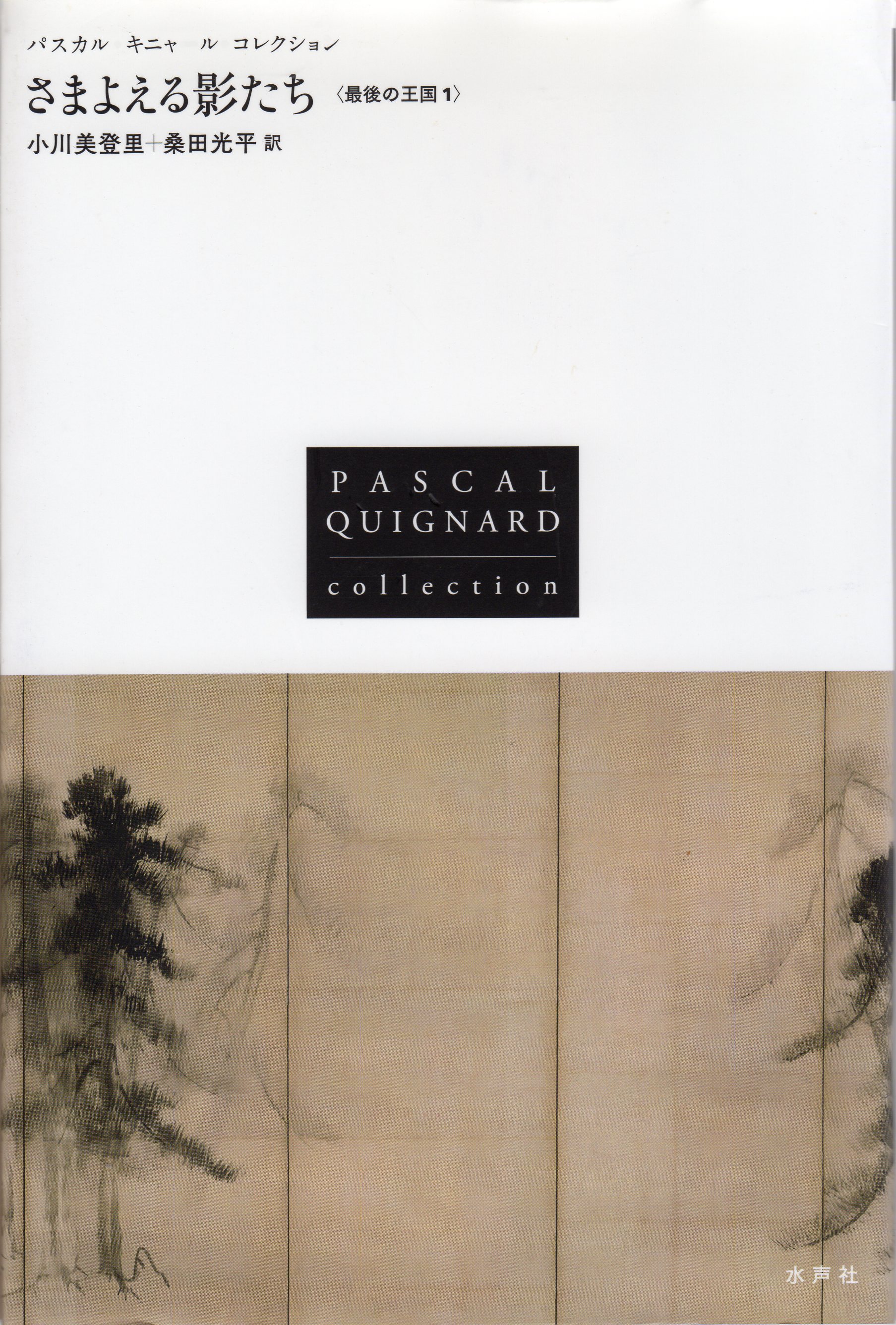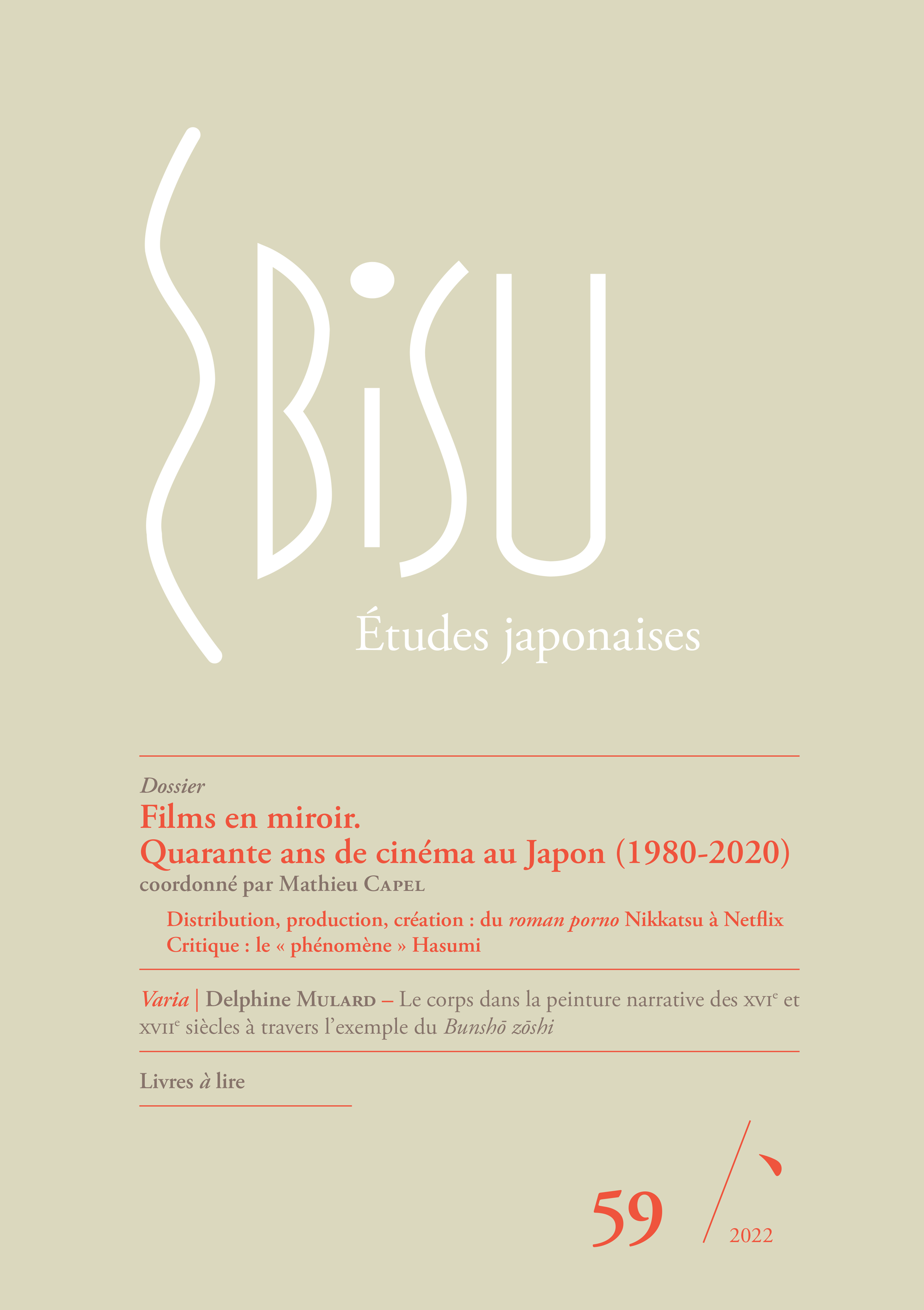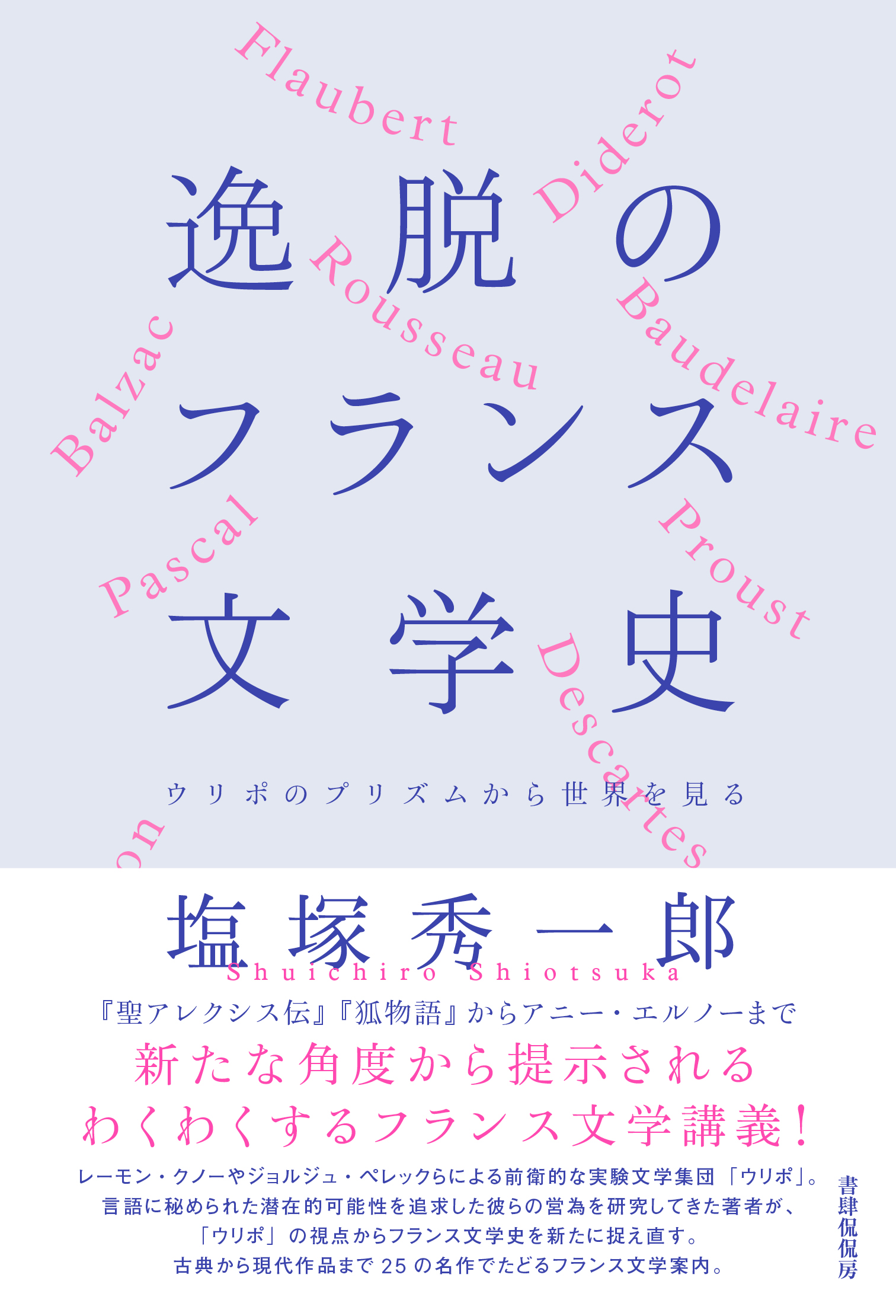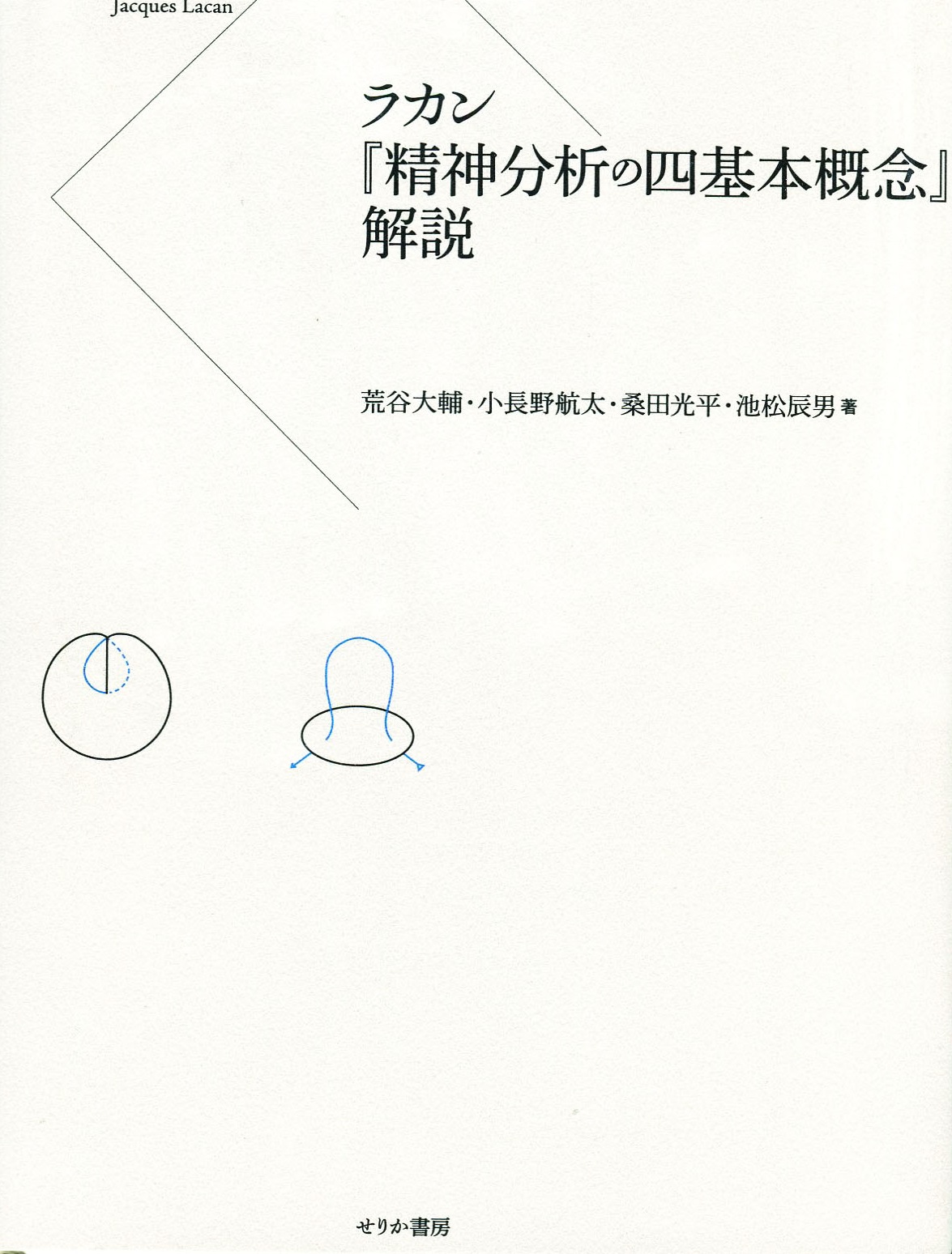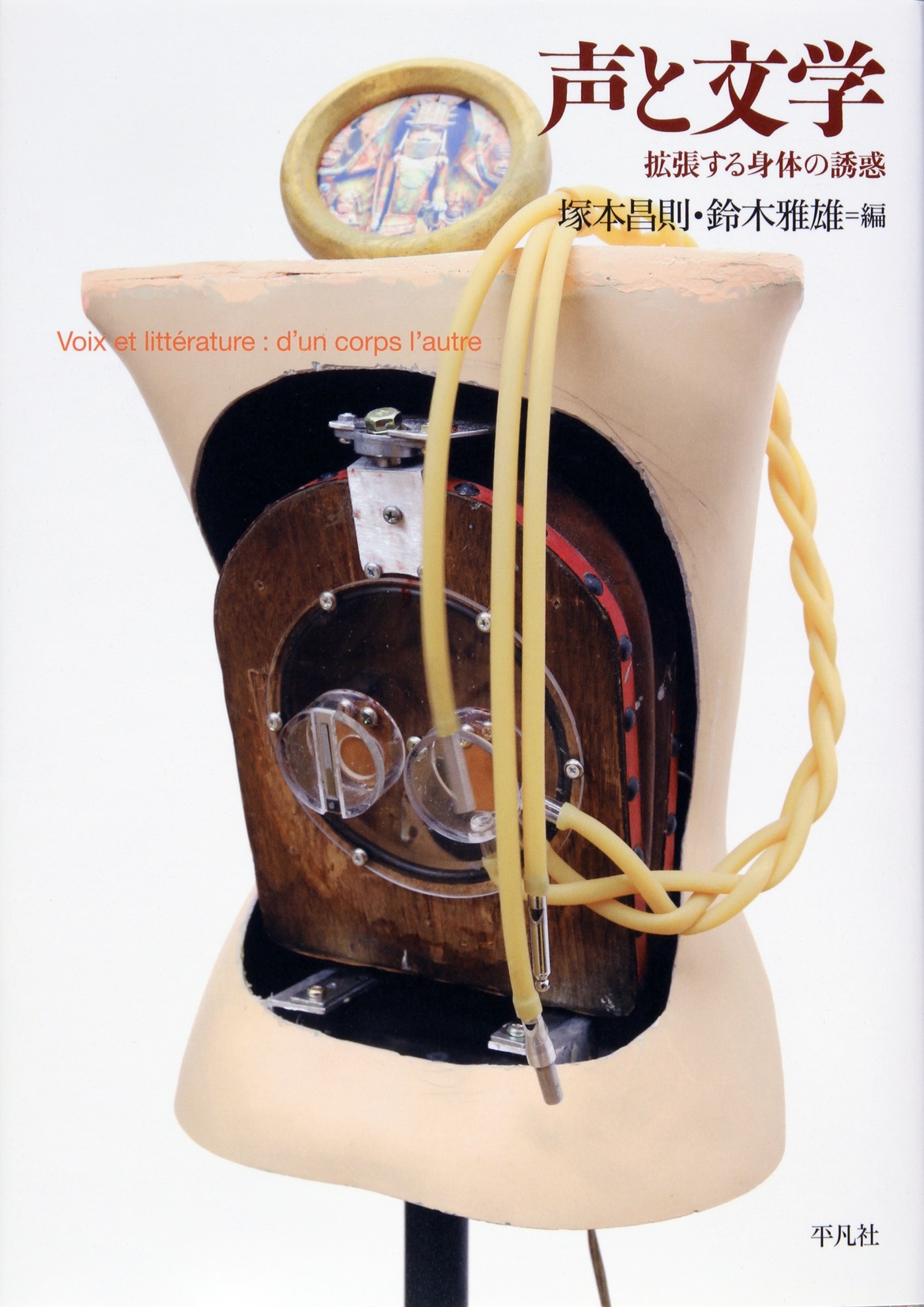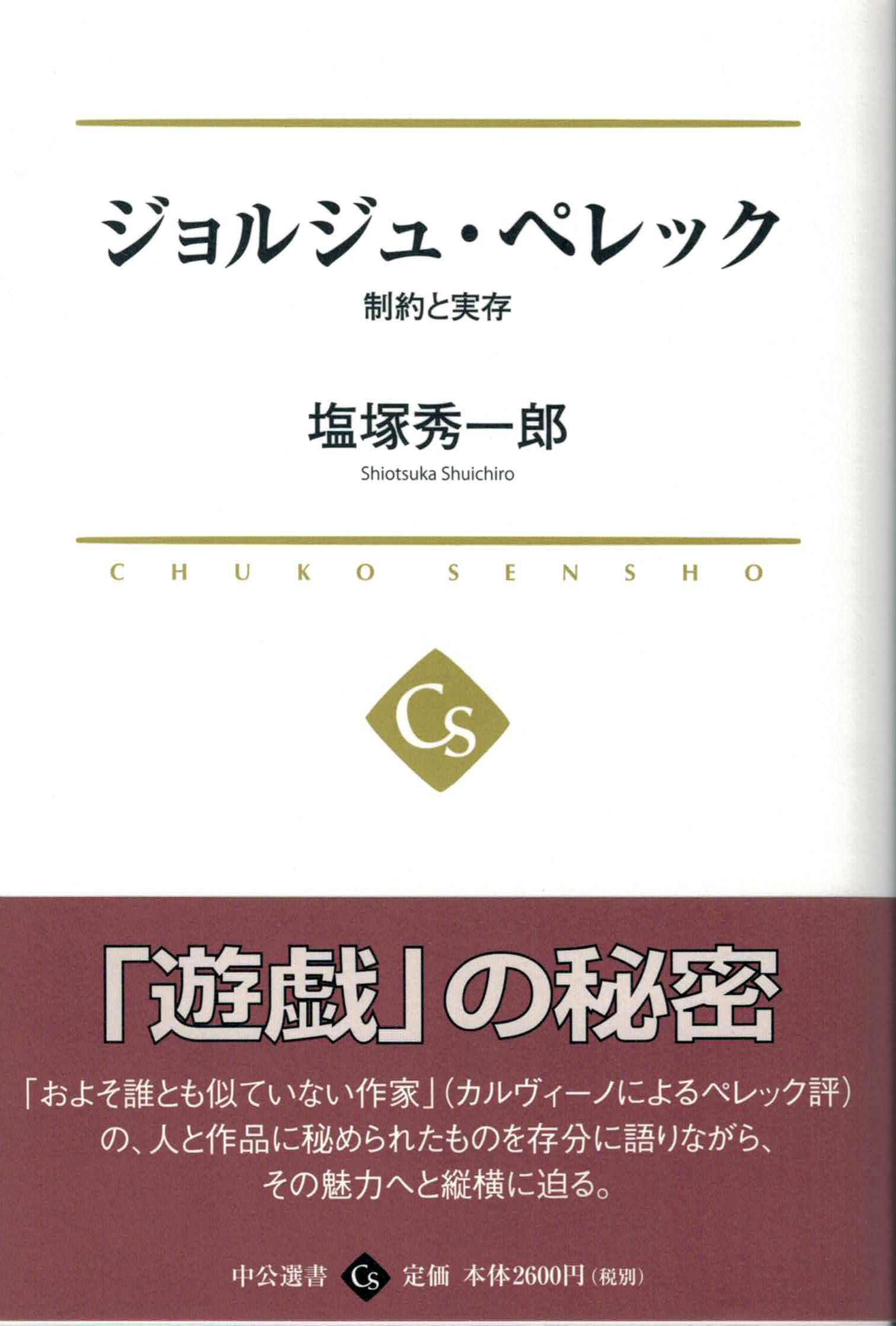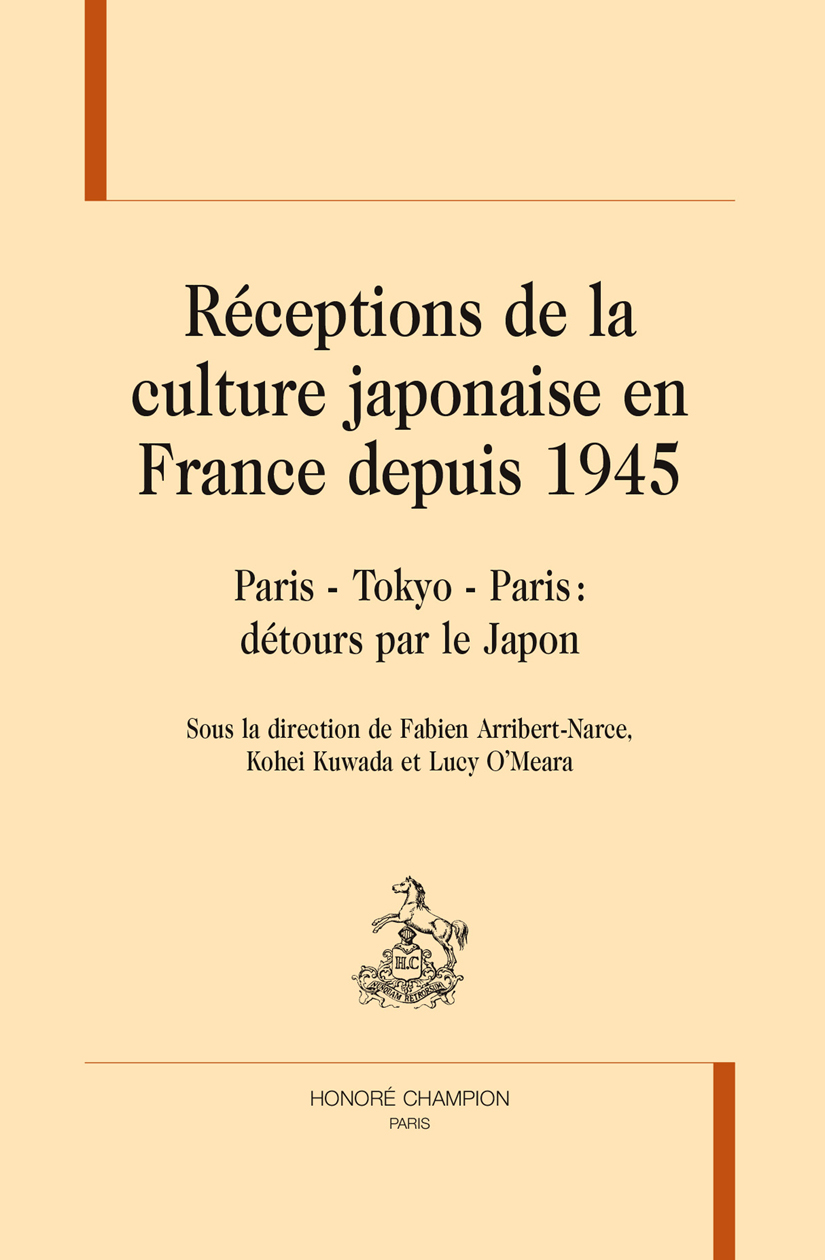
Title
Réceptions de la culture japonaise en France depuis 1945: Paris-Tokyo-Paris: detour par le Japon
Size
348 pages, paperback
Language
Japanese
Released
April 28, 2016
ISBN
978-2-745-33039-0
Published by
Honoré Champion
Book Info
See Book Availability at Library
Japanese Page
This book is a collection of papers in French summarizing the research presented at “Paris–Tokyo–Paris: Reception of Japanese Culture in France after 1945,” an international conference held at Maison Franco-Japonaise in Tokyo on September 6 and 7, 2013. Three contemporary French writers participated in the conference and gave keynote presentations and talks. Researchers from France, America, England, and Japan also attended the conference. The event aimed to consider how Japanese culture (literature, theater, art, movies, dance, and photography, among others) has been received in France from after World War II until the present from various perspectives. The planners included Fabien Arribert-Narce (then Aoyama Gakuin University, now University of Edinburgh), Kohei Kuwada (University of Tokyo), and Lucy O’Meara (University of Kent).
Following the world exposition held in Paris in the mid‑19th century, reception of Japanese culture has flourished in Europe; substantial research has been done on such reception of Japanese culture in Europe. Studies examining the influence of Ukiyoe on the school of Western painting called Japonisme have been conducted in the arts, and multiple critical analyses have investigated the image of Japan in Western Europe by examining how Japanese culture and the Japanese people have been portrayed in literary works. However, this conference and the resulting book were intended to identify how Japanese culture is being received in present-day Europe (particularly in France) across a wide range of topics that would have previously been impossible to encompass. One cannot consider current Japanese culture and its global influence without considering the subcultures of manga, photography, and fashion. Furthermore, Japan’s once-traditional image (for example, the images of Japanese gardens, temples, and Zen) has also been greatly modified due to the development of media environment and tourism. In the reception of Japan by foreign cultures, there always appears to be the view that the other appears exotic in some way; however, each of the papers in this book seeks to show how diverse and rich the reception of other cultures can be while simultaneously adopting a critical perspective to consider the view that they are exotic. To understand how Japan is viewed by others in France is to rediscover Japan by taking a detour.
This book clearly does not seek to clarify “Japaneseness.” In contrast, by analyzing specific works and considering how Japanese culture has been received by others, it shows that the idea of “Japaneseness” is a mere fiction.
(Written by KUWADA Kohei, Associate Professor, Graduate School of Arts and Sciences / 2018)



 Find a book
Find a book


